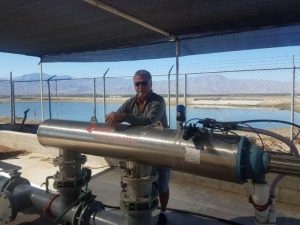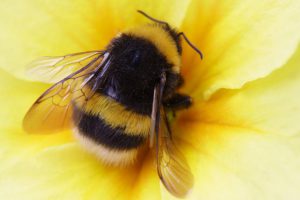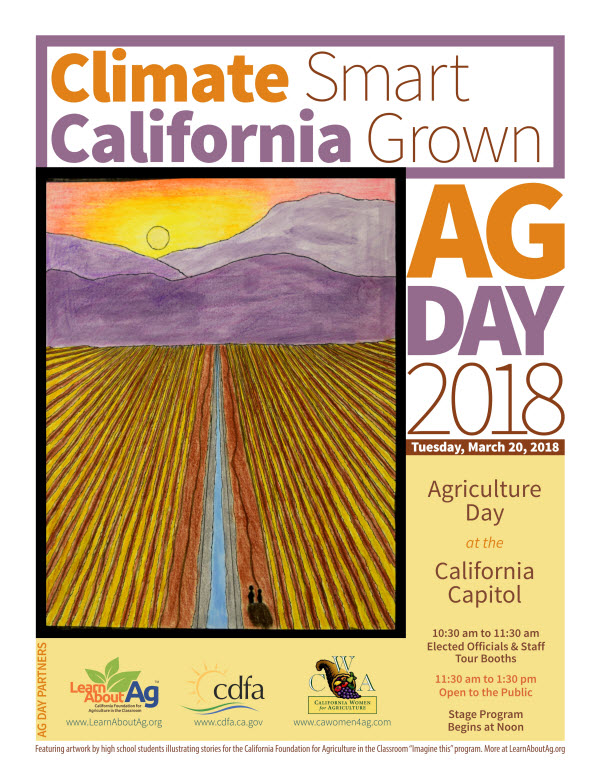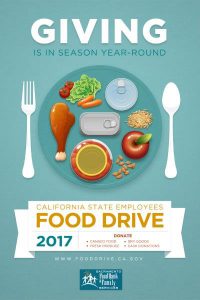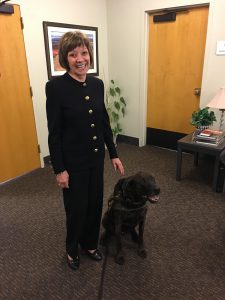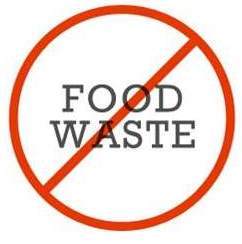Note – CDFA receives Cap-and-Trade investments for four programs in its Office of Environmental Farming and Innovation. They are the Dairy Digester Research and Development Program, the State Water Efficiency Enhancement Program (SWEEP), the Healthy Soils Program, and the Alternative Manure Management Program.
A new report details the dramatic growth last year in Cap-and-Trade investments that are reducing greenhouse gas emissions while strengthening local economies and improving public health and the environment across the state, especially in disadvantaged and low-income communities.
More than $720 million in new funding last year went to projects that were either under way or completed across all of California’s 58 counties, a two-thirds increase in implemented investments. From rebates for electric cars to affordable housing units, completed projects totaled 75,000, including doubling the number of home energy efficiency installations and nearly tripling the number of trees planted.
The report tracking the progress of California Climate Investments was released today by the California Air Resources Board (CARB) and the California Department of Finance.
Signed by Governor Edmund G. Brown Jr. in July, Assembly Bill 398 extended and improved the state’s world-leading Cap-and-Trade program to ensure California continues to meet its ambitious climate change goals and that billions of dollars in auction proceeds keep flowing to communities across the state through California Climate Investments.
“The investment of Cap-and-Trade proceeds is an important part of the state’s overall climate efforts, reducing climate-changing gases and improving quality of life especially in the state’s most vulnerable communities,” said CARB Chair Mary D. Nichols. “California communities across the state are reaping the fruit of these investments in better air and improved transit. Governments around the world are looking to California as a model for how protecting the environment can strengthen their economies”
Since 2014, $6.1 billion has been appropriated to 17 state agencies that have distributed $2 billion to projects that are completed or under way. Agencies have awarded more than 80 percent of funds appropriated before September 2017. Additionally, implemented funds (not including the High-Speed Rail Project) have attracted over $8.2 billion from other sources representing an average of nearly $6 leveraged for every dollar invested.
Among the projects:
- A 44-unit affordable housing development in Tulare County with integrated vanpooling service and discount transit passes is among more than 1,600 housing units funded statewide.
- The Cecchini Farm in Contra Costa County, whose fifth-generation owners decided not to sell after they were approved for a conservation easement, is among more than 250,000 acres of land statewide that will be preserved, from coastal watersheds and wetlands to mountain meadows.
- Los Angeles County’s Foothill Transit is purchasing 15 zero-emission electric buses to advance the agency’s goal to go all-electric by 2030 to reduce GHG emissions and improve air quality in the inland communities it serves.
In California’s forests, California Climate Investments are protecting more than 1.4 million acres, funding projects to reduce fire risk, limit loss of life and property damage, and lower the cost of fighting wildfires. More than 14,000 trees have been planted to provide shade and limit the heat island effect in urban areas from Oakland and Stockton to San Bernardino and Los Angeles counties.
Grants to farmers, businesses and individuals for more water-efficient technology will not only cut greenhouse gas (GHG) emissions but save more than 370 billion gallons of water throughout the state. And more than 150,000 rebates for zero-emission and plug-in hybrid cars are expected to reduce over 5,000 tons of criteria and toxic air pollutants in addition to GHG emissions.
The report features profiles that highlight the impact these investments are having on individuals and communities, particularly those in California’s most disadvantaged communities.
Benefits to Disadvantaged Communities
Fifty-one percent of the $2 billion in implemented projects ($1 billion) is providing benefits to disadvantaged communities, including 31 percent ($615 million) going to projects located within these communities. This exceeds the requirement under SB 535 (De León) that at least 25 percent of investments are allocated to projects that benefit disadvantaged communities.
The report also found that projects are underway in 98 percent of the 2,000 census tracts in the state that the California Environmental Protection Agency designated as disadvantaged. And state agencies are actively working to make investment opportunities more accessible to disadvantaged communities through technical assistance grants and increased outreach.
In 2016, Governor Brown signed AB 1550 establishing new investment minimums for disadvantaged communities, and low-income communities and households. The Legislature directed the 2019 Investment Plan to allocate funding in accordance with AB 1550. In 2017, CARB released guidance to help administering agencies to begin implementing AB 1550. Future reports will include AB 1550 outcomes as agencies implement more funding.
Reducing Greenhouse Gas Emissions
Projects funded to date are expected to reduce GHG emissions by more than 23 million metric tons of carbon dioxide equivalent (CO2e), roughly the equivalent of taking four million cars off the road for a year. In addition, the High Speed Rail Project is estimated to reduce GHG emissions by almost 59 million metric tons of CO2e over its operating life.
The report includes detailed information on cost-effectiveness and metrics for evaluating program effectiveness. It also includes new statistics and information on co-benefits quantified to date and an update on plans for more comprehensive future reporting.
Accompanying the report is an updated interactive map that allows users to track where Cap-and-Trade funds are being invested across in the state. Users can view the locations of individual projects and aggregate them by program and by the state’s 120 legislative districts and 58 counties.
Project-level data for all projects included in the 2018 Annual Report and featured on the interactive map is available on the California Climate Investments website, including project locations, GHG reductions and benefits to disadvantaged communities.
The 2018 Annual Report to the Legislature on California Climate Investments Using Cap-and-Trade Auction Proceeds can be found here.
California Climate Investments Website
2018 California Climate Investments Annual Report
Interactive Map of California Climate Investments Statewide
2018 Project Profiles
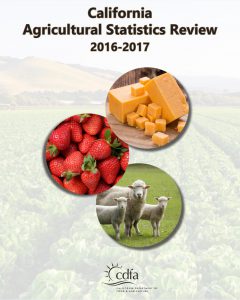 In 2016 California’s farms and ranches received more than $46 billion for their output. This represents a decrease of about six percent compared to 2015. Despite this decrease, California remains the leading US state for cash farm receipts.
In 2016 California’s farms and ranches received more than $46 billion for their output. This represents a decrease of about six percent compared to 2015. Despite this decrease, California remains the leading US state for cash farm receipts.


